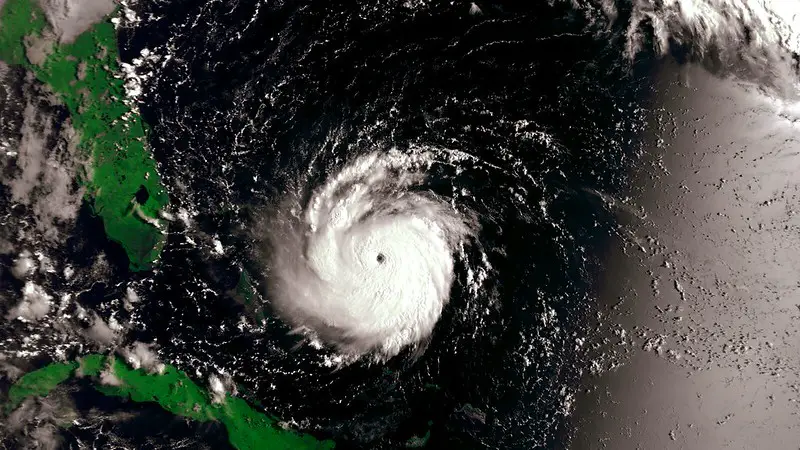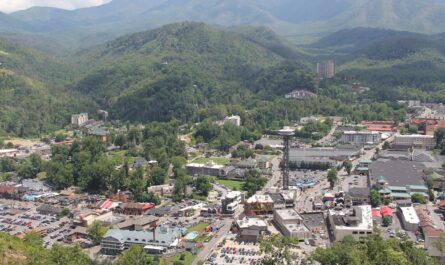Florida, with its unique geography, is no stranger to the devastating power of hurricanes. Over the years, this southern state has weathered numerous violent storms that have left destruction in their wake, ranging from the catastrophic Hurricane Andrew in 1992 to the powerful Hurricane Michael in 2018. We will review the top four worst hurricanes in Florida, shedding light on their magnitude, the destruction caused, and the enduring impact these natural disasters have had on the Sunshine State.
Table of Contents
Hurricane Andrew, 1992
A Fateful August: Hurricane Andrew Strikes Florida
In the late summer of 1992, Florida experienced one of its darkest periods. Hurricane Andrew, a rampant Category 5 cyclone, swept across the state leaving a trail of devastation in its wake. With its lethal wind speeds reaching up to 175 miles per hour, the hurricane proved to be one of the most destructive events in the state’s history.
Human Cost: The Grim Aftermath of Andrew
The terrifying force of nature resulted in 65 tragic fatalities. The human toll, however, extended beyond the immediate loss of life. Tens of thousands of residents faced displacement as their homes and communities were leveled by the storm. It was a wrenching spectacle of the havoc that hurricanes can wreak on a population.
Economic Disaster: Counting the Damages
Hurricane Andrew also dealt a staggering economic blow to Florida. The hurricane resulted in damages worth an astronomical $27.3 billion. This made it the costliest hurricane in the U.S. history at that time, a dubious distinction that was a testament to its destructive capability. The entire infrastructure of the affected region took a severe hit, including residential properties, commercial establishments, and public utilities.
Ground Zero: Miami-Dade County’s Nightmare
The devastation was the most rampant in Miami-Dade County where the hurricane made landfall. It bore the brunt of the storm’s wrath, with warnings coming too late for effective evacuations. This led to mass destruction and the displacement of thousands of Miami-Dade County residents, substantially altering the region’s demography and development.
Legacy: A Hurting Reminder, A Learning Opportunity
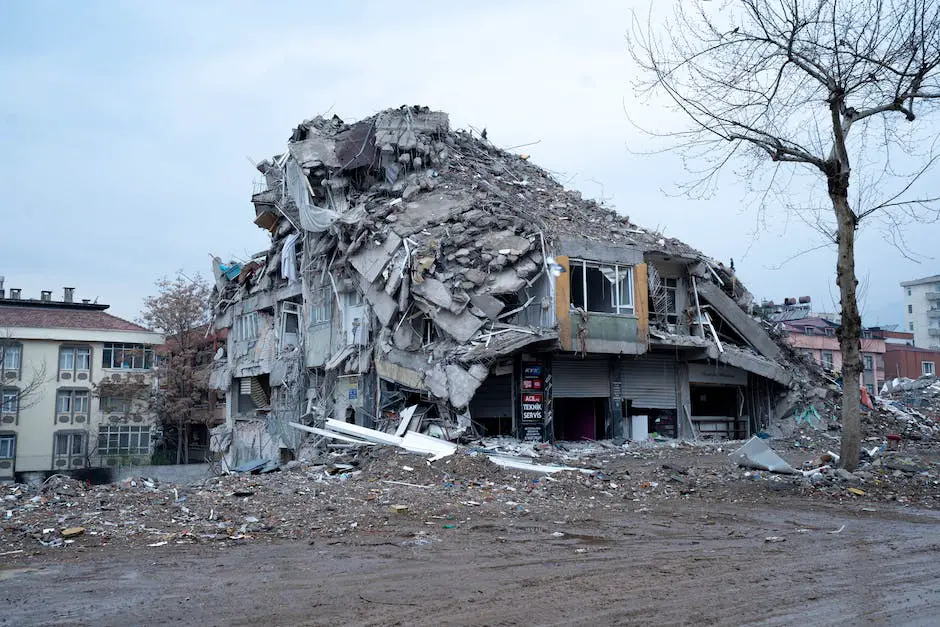
Hurricane Andrew’s impact was so deep and far-reaching that it forever changed disaster management strategies. It served as a stern warning of the degree of destruction that can come with hurricanes, prompting improved disaster response strategies and reforms in building construction codes to better withstand future hurricanes. Andrew will long be remembered as a testament to nature’s ferocity and a crucial lesson in preparation for weather disasters.
Hurricane Irma, 2017
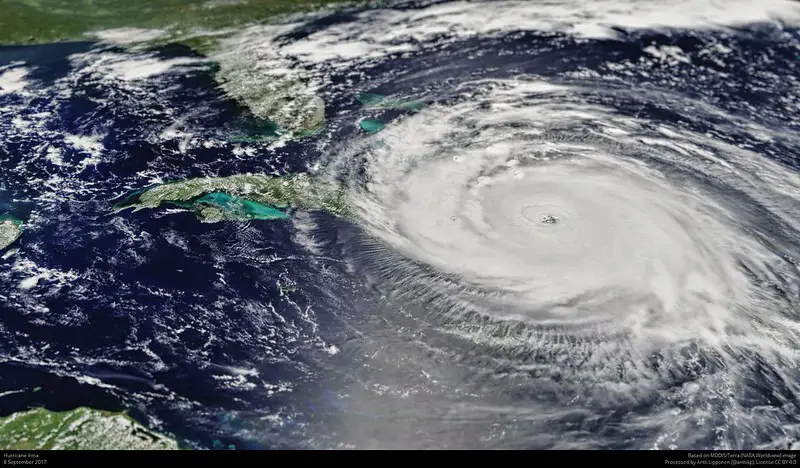
Hurricane Irma: Strength and Landfall
In 2017, the coast of Florida was battered by Hurricane Irma, a storm of formidable strength. The strength of Irma was unparalleled, reaching a Category 4 status before it made landfall. Its landfall, first in the Florida Keys and then on Marco Island, saw winds reaching up to 130 mph. This strength broadened the hurricane’s effect, causing extensive destruction across the Florida peninsula.
Widespread Damage
What made Hurricane Irma noteworthy was its extensive damage. It was not just the coastal areas that bore the brunt of the storm but the entire Florida peninsula. From homes to infrastructure, the hurricane’s force left no stone unturned. The destruction resulted in a loss of basic amenities such as electricity and water, turning lives upside down.
Human Toll and Economic Impact
Beyond its physical impact, Hurricane Irma claimed human lives. The storm resulted in 84 deaths, making it one of the deadliest to hit the state. These lives were lost to various reasons, including drowning, injuries from falling debris, and health complications arising from a lack of access to medical services.
Apart from the human cost, the economic impact of the hurricane was devastating. The estimated damages touched around $50 billion, making it one of the costliest hurricanes in Florida history. These damages were widespread and encompassed private properties, public infrastructure, industries, and agriculture.
Aftermath and Recovery
In the aftermath of the hurricane, Florida faced a substantial recovery challenge. With many parts of the peninsula without power and basic amenities, the state had to mobilize all available resources. Despite the setbacks, the recovery efforts post-Hurricane Irma underscored the Floridian spirit of resilience in the face of adversity. The storm’s aftermath saw communities coming together in recovery, reinforcing their shared strength and resolve.
Hurricane Michael, 2018
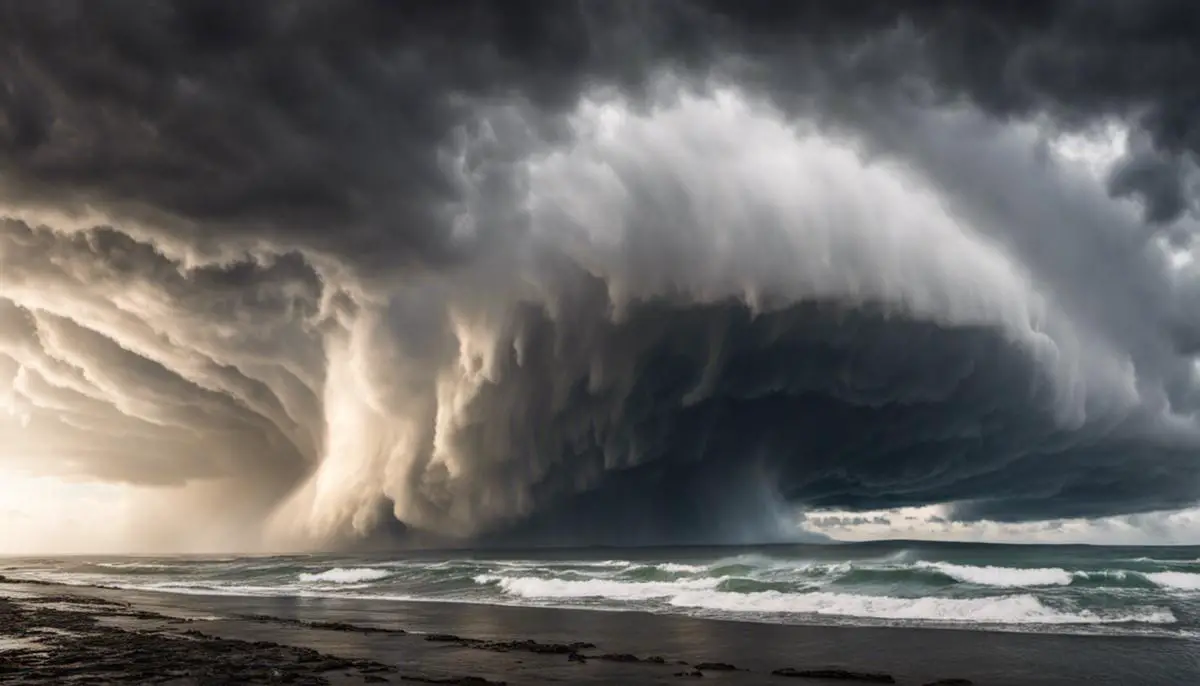
Meet Hurricane Michael: An unprecedentedly fierce storm
In October 2018, Hurricane Michael tore through Florida, announcing its arrival as the most powerful storm ever to land on the state’s Panhandle. Its catastrophic might was defined by its 160 mph wind speeds, which earned it the infamous classification of a Category 5 hurricane.
The Path of Destruction: Broken homes and broken hearts
Hurricane Michael’s harrowing winds and brutally forceful storm surge wreaked immense havoc. From towns rendered unrecognizable to streets flowing with debris of toppled homes and infrastructure, the hurricane’s rampage was reminiscent of war landscapes. Stories of survival emerged from the ruins, while many families were left grieving for the 16 souls the hurricane claimed.
The Economic Implications: Billions in damages
Hurricane Michael caused damages that were not just visible to the eye, but also calculable in billions of dollars. The state of Florida alone counted losses adding up to approximately $25 billion, marking it as one of the costliest storms in U.S. history. Insurance companies were strained as countless claims rolled in, ranging from devastated crops to wrecked homes and businesses.
The Aftermath: Tides of change after the storm
In the aftermath of Hurricane Michael, the impact was deeply etched into the state’s history and its people’s hearts. It was not just about the physical rebuilding, but also about psychological recovery. The storm served as a harsh reminder of nature’s strength and unpredictability, prompting changes in local policies and protocols for future calamities.
Hurricane Charley, 2004
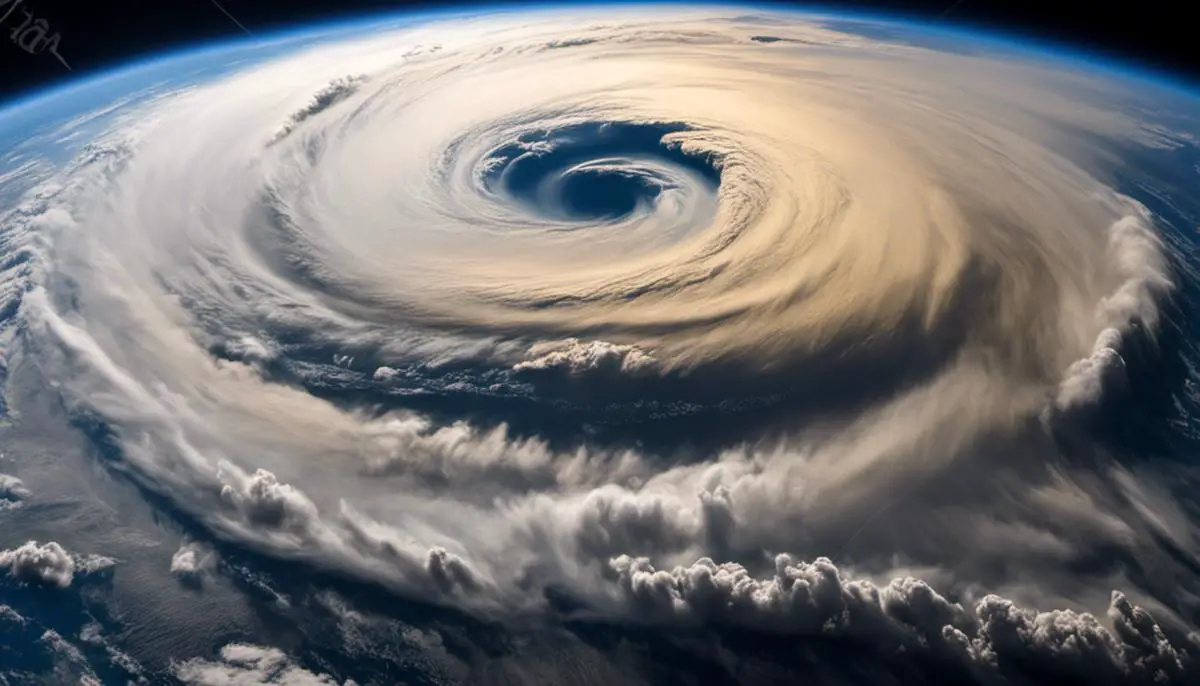
Charley: The Unexpected Fury of 2004
Classified as a Category 4 storm, Hurricane Charley hit hard and fast in Southwest Florida in 2004. Often compared to a powerful tornado, the hurricane’s tightly wound core created an unparalleled barrage of winds and rains. Its destruction was evident everywhere – splintered homes, flattened landscaped, and uprooted trees became the common scenery of Southwest Florida.
Charley’s Path of Destruction
The storm seemed to have a brutal intention, focusing primarily on the Charlotte County area. It devastated the region, tearing apart each town within its path. Due to its unpredictable trajectory, the storm caught many residents off guard. Several towns were evacuated, but not everyone managed to escape the storm’s wrath; sadly, there were notable casualties.
Human and Financial Toll
The hurricane turned out to be fatally damaging, leading to the tragic loss of 10 lives. The aftermath was equally devastating as residents and authorities scrambled to clean up the debris and restore order amidst the chaos. The economic impact was staggering as well. The damages were estimated to cost around $16 billion, making Hurricane Charley one of the most expensive storms in Florida’s history.
Aftermath and Recovery
Florida’s recovery after Charley was slow and complicated. Many areas were without electricity or clean water for weeks. It was a significant test for emergency management teams, which were tasked with assisting a population in crisis. Hurricane Charley left an indelible mark on Florida’s residents, as its destructive power elevated the awareness and need for hurricane preparedness in the area.
Overall, Hurricane Charley represents a grim chapter in the history of Florida’s encounters with severe weather conditions. Its imprints and the lessons learned are still remembered, preparing and alerting current residents for future natural disasters.
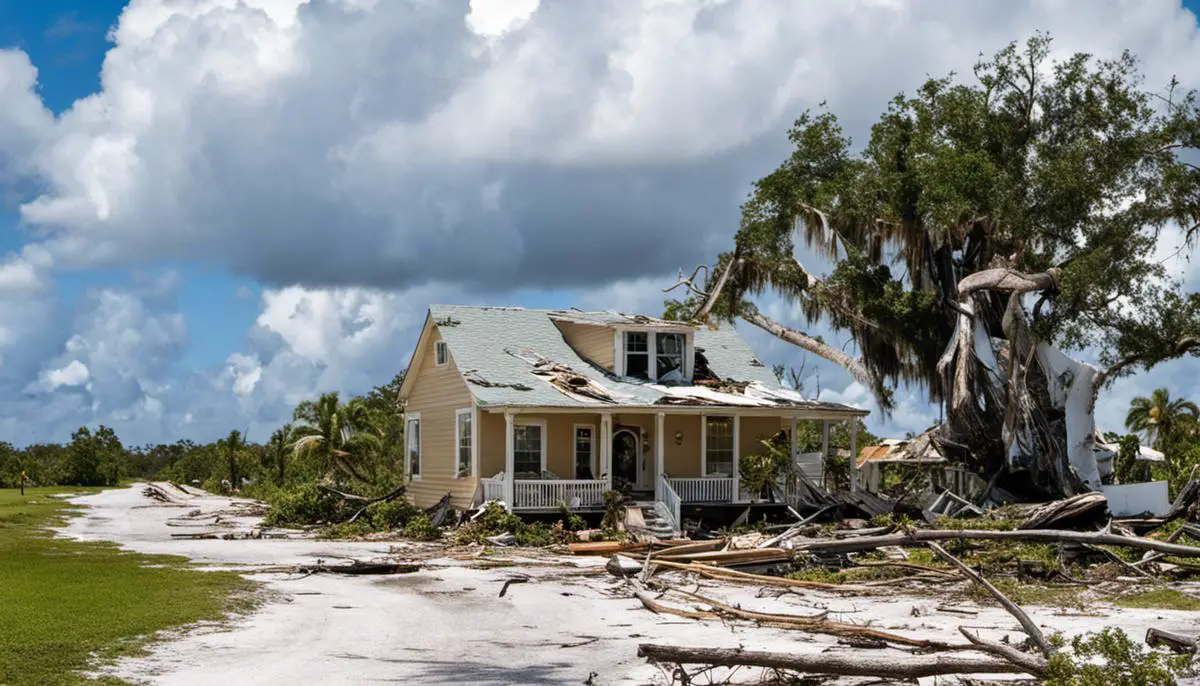
When the storm clouds clear, Florida, time and again, has shown its resilience and unity in the face of adversity. Although hurricanes such as Andrew, Irma, Michael, and Charley have marred Florida’s history with their devastating effects, they have also underscored the importance of continuous advancements in safety measures, preparedness, and the society’s collective will to rebuild. With each passing hurricane season, the lessons learned from these past storms echo louder, ensuring that the state is better equipped to face future hurricanes, minimize loss, and ensure quicker recovery, forever reminding us of the indomitable spirit of the Floridian people.

